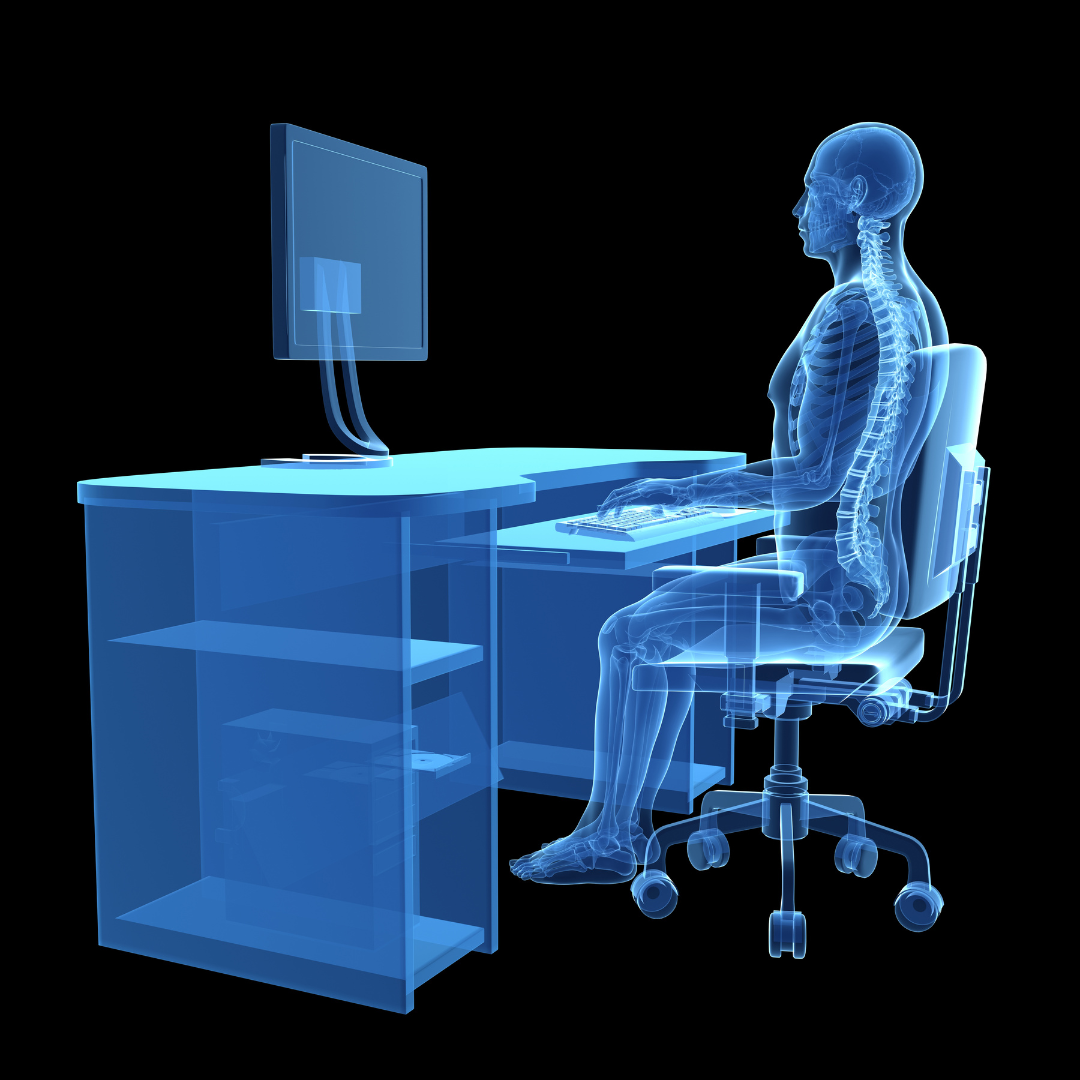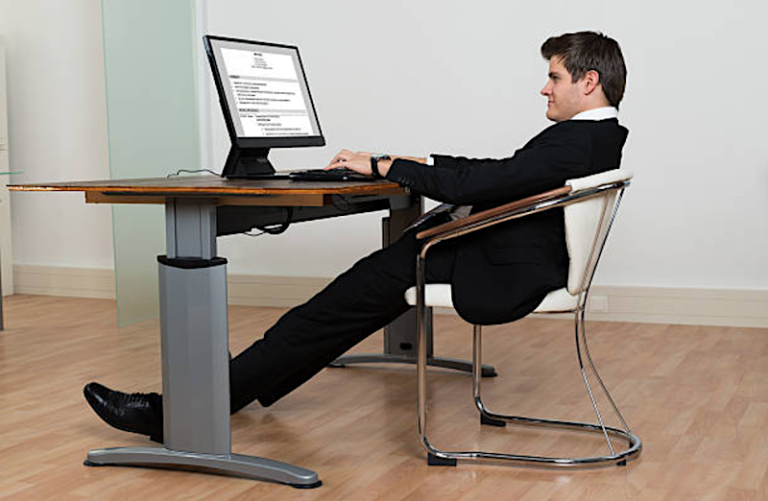Back pain affects millions of people worldwide and can significantly impact daily life. From muscle strain to degenerative conditions, understanding the underlying causes is essential for effective treatment and prevention. In this blog post, we'll explore five common causes of back pain and discuss how physiotherapy interventions can provide relief and long-term management.


Muscle strain is a leading cause of back pain, often resulting from improper lifting, sudden movements, or poor posture. Physiotherapy techniques such as manual therapy, massage, and targeted exercises can help alleviate muscle tension, improve flexibility, and strengthen supporting muscles.
By addressing muscle imbalances and promoting proper alignment, physiotherapy reduces the risk of strain-related pain and enhances overall back health.

A herniated disc occurs when the soft inner core of a spinal disc protrudes through the tough outer layer, irritating nearby nerves and causing intense back pain. Physiotherapy interventions such as traction, spinal mobilization, and specific exercises can reduce pressure on the affected disc, alleviate pain, and improve mobility. By promoting proper spinal alignment and posture, physiotherapy helps individuals manage herniated disc symptoms and prevent future flare-ups.
Targeted Exercises
Manual Therapy
Traction
Posture Correction
Education and Self-Management
Degenerative disc disease involves the gradual wear and tear of spinal discs, leading to pain, stiffness, and reduced mobility. Physiotherapy aims to strengthen surrounding muscles, improve spinal stability, and increase flexibility through targeted exercises and posture correction techniques. By addressing underlying factors contributing to disc degeneration, physiotherapy helps individuals manage symptoms and maintain spinal health over time.
Prolonged sitting, slouching, or standing with improper alignment can strain back muscles and ligaments, resulting in chronic pain and stiffness. Physiotherapists assess posture imbalances and design personalized treatment plans that incorporate corrective exercises and ergonomic adjustments. By promoting proper body mechanics and posture awareness, physiotherapy helps individuals alleviate strain on the spine and prevent future back problems.
Spinal stenosis involves the narrowing of the spinal canal, compressing the spinal cord and nerves and causing back pain, numbness, and weakness in the legs. Physiotherapy interventions such as gentle stretching, low-impact exercises, and manual therapy techniques can improve spinal mobility, reduce inflammation, and alleviate symptoms. By addressing spinal stenosis-related issues, physiotherapy enables individuals to maintain an active lifestyle with less pain and discomfort.
In conclusion, physiotherapy plays a crucial role in addressing the underlying causes of back pain by providing targeted interventions that promote healing, restore function, and prevent future recurrences.




Success Rate